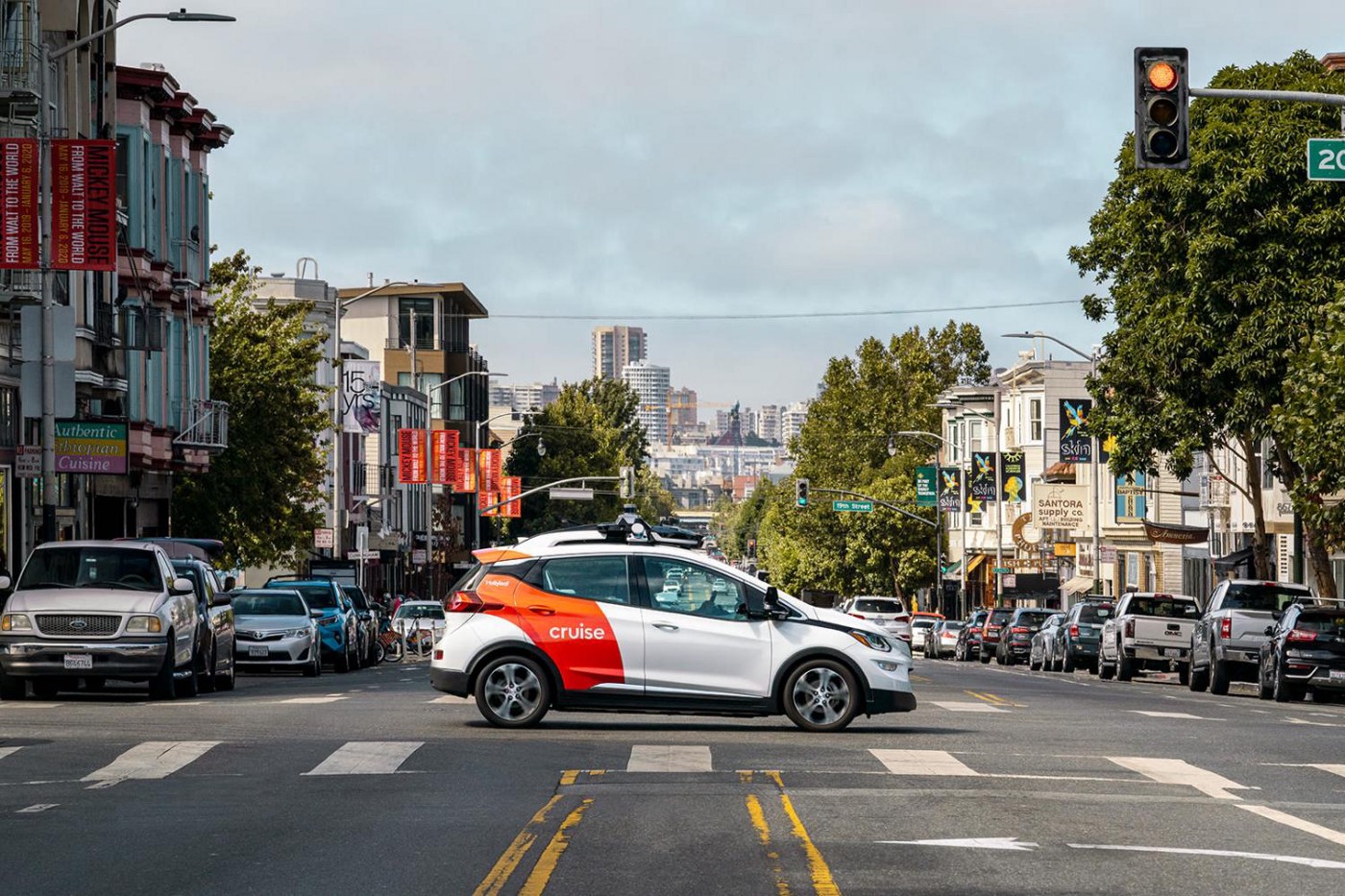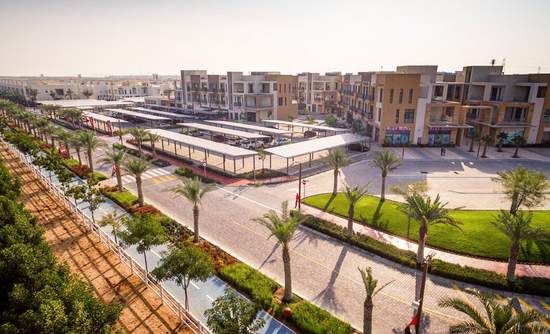You may not know the term tactical urbanism, but you have probably seen evidence of this recent movement if you live in or near a city. Tactical urbanism can look like a parking space converted into a mini park; handmade pedestrian signs; manmade public spaces, reclaimed from the road; sidewalk gardens; and pop-up markets, to name a few examples. Tactical urbanism is essentially citizens taking city planning into their own hands through small-scale, transient projects meant to enhance their lives and their neighbors’ lives by improving their urban environment.
The movement fits into a pattern of citizen activism and limited civic funds, thanks to the recent economic downturn, while addressing the reality of aging infrastructure. City dwellers have responded by taking matters into their own hands, with the aim of improving matters short term, demonstrating proof of concept, and solidifying changes in the long term through official channels.
Tactical urbanism is iterative, like the agile development processes of many startups and tech companies. Projects are thrown up overnight (in some cases literally), and citizens see what sticks. The tactical urbanism handbook, published by the Street Plans Collaborative, is similarly adaptable. The first edition of the handbook Short-term Action for Long-term Change is credited with helping to popularize the movement by collecting and publishing tried-and-true techniques for other municipalities to replicate. The strategies outlined in the guide have been vetted on the ground, and this may be likelier to succeed long term. The tactics are also assessed through case studies focusing on different cities. While these reforms are scaleable in the sense that they can be replicated, they are by nature community-instigated, they don’t lose their grassroots.
The most recent edition of the DIY urban intervention manual focuses on materials. “The Tactical Urbanist’s Guide to Materials and Design dives into the details of pop-up urbanism: when to use tape or paint or chalk, how to choose the right materials for temporary barriers, and more.” Temporary materials are usually cheaper, and also often the better choice for the job. Tactical urbanism sometimes runs up existing regulations, like traffic lanes, for example. The project might be reversed immediately, so wasting money and effort on expensive permanent materials serves no purpose. Often these projects illustrate a desired improvement to city planners and government officials, who would be responsible for making it permanent.
Although tactical urbanism cannot solve larger issues like infrastructure, it can make cities more livable and comfortable in the immediate future. It also creates an open channel of communication between citizens and government officials, encouraging dialogue with residents about neighborhoods improvements. Some have expressed concern that tactical urbanism can exacerbate inequality: that only the privileged can dedicate time to such projects, and that engaging in activities that skirt the law is riskier for some. In the spirit of tactical urbanism, projects intended to benefit the community must be conceived as inclusive and accessible to all.
New York City is a hotbed of engaged citizens with good ideas, useful skill sets, and activist tendencies, all living in a sprawling urban jungle, where pedestrians constantly wage war against cars. Unsurprisingly, tactical urbanism has already been deployed here to good effect, and sometimes initiated by the city itself. The oasis in Time Square that reclaims street space for pedestrians is an example of a temporary measure becoming permanent after it was well received. Sidewalk gardens, pop-up markets, and other creative city hacks are already a commonplace sight around the five boroughs. Tactical urbanism will undoubtedly continue and thrive here, deepening the dialogue between an engaged citizenry and their local government.





